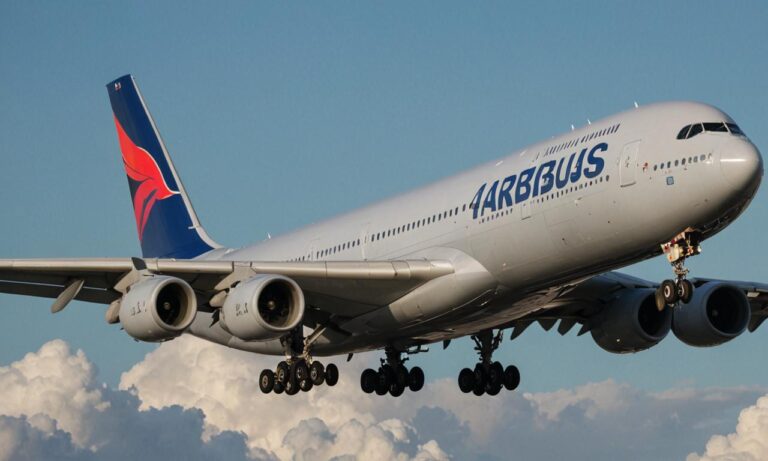The Airbus A340-313 is a remarkable aircraft known for its long-range capabilities and spacious interior design. As a member of the Airbus A340 family, the A340-313 has played a significant role in the aviation industry since its introduction. Let us delve into the features and specifications that make this aircraft stand out.
Design and Features
The Airbus A340-313 boasts a wide-body design, providing ample space for passengers and cargo. With a length of approximately 63 meters and a wingspan of over 60 meters, this aircraft exudes presence on the tarmac.
Equipped with four powerful engines, the A340-313 is capable of long-haul flights, making it a preferred choice for airlines operating intercontinental routes. Its efficient aerodynamics contribute to fuel savings and reduced environmental impact.
Interior Comfort
Inside the cabin, passengers are treated to a comfortable and spacious environment. The A340-313 typically offers multiple seating configurations to accommodate various airline preferences. Passengers can enjoy generous legroom, reclining seats, and state-of-the-art in-flight entertainment systems.
Performance
With a maximum takeoff weight of over 270,000 kilograms, the Airbus A340-313 demonstrates impressive performance capabilities. Its range exceeds 13,000 kilometers, allowing airlines to connect distant destinations without the need for frequent refueling stops.
Moreover, the A340-313 is equipped with advanced avionics and navigation systems, ensuring smooth and efficient operations even during challenging weather conditions.
Operational History
Since its introduction in the 1990s, the Airbus A340-313 has served numerous airlines around the world. Its reliability and versatility have made it a favorite among both passengers and operators. Many airlines have utilized the A340-313 to expand their route networks and cater to long-haul travel demand.
The Airbus A340-313 remains a prominent figure in the aviation industry, offering exceptional comfort, performance, and reliability. Its timeless design and long-range capabilities continue to impress passengers and operators alike. As air travel evolves, the A340-313 maintains its relevance as a dependable workhorse in the skies.
Environmental Impact
Concerns regarding environmental sustainability have increasingly shaped the aviation industry’s direction. While the Airbus A340-313 offers efficient aerodynamics contributing to fuel savings, its environmental impact remains a topic of discussion. Efforts to reduce emissions and explore alternative fuels are ongoing within the aviation sector.
Technological Advancements
Technological advancements continually shape the performance and capabilities of modern aircraft. The Airbus A340-313 has seen upgrades in avionics, materials, and design over its operational history. These advancements enhance safety, efficiency, and passenger experience, reflecting the dynamic nature of aerospace engineering.
Efficiency Enhancements
Efficiency enhancements play a crucial role in modernizing aircraft fleets and reducing operational costs. Airlines often retrofit existing aircraft with new technologies to improve fuel efficiency, reduce emissions, and enhance overall performance. The A340-313 has witnessed such enhancements, aligning with industry trends towards sustainability and cost-effectiveness.
Market Dynamics
The aviation market experiences fluctuations influenced by various factors, including economic conditions, geopolitical events, and industry trends. The operational history of the Airbus A340-313 reflects the dynamic nature of airline economics and passenger preferences. Airlines continuously evaluate fleet strategies to optimize route networks and adapt to changing market demands.
Frequently Asked Questions
| Question | Answer |
|---|---|
| Is the Airbus A340-313 still in production? | No, Airbus ceased production of the A340 series in 2011. |
| What are the primary competitors of the Airbus A340-313? | The Boeing 777 and 787 series are among the primary competitors of the A340-313. |
| How many passengers can the A340-313 accommodate? | The seating capacity varies depending on the configuration, but it typically ranges from 240 to 380 passengers. |






